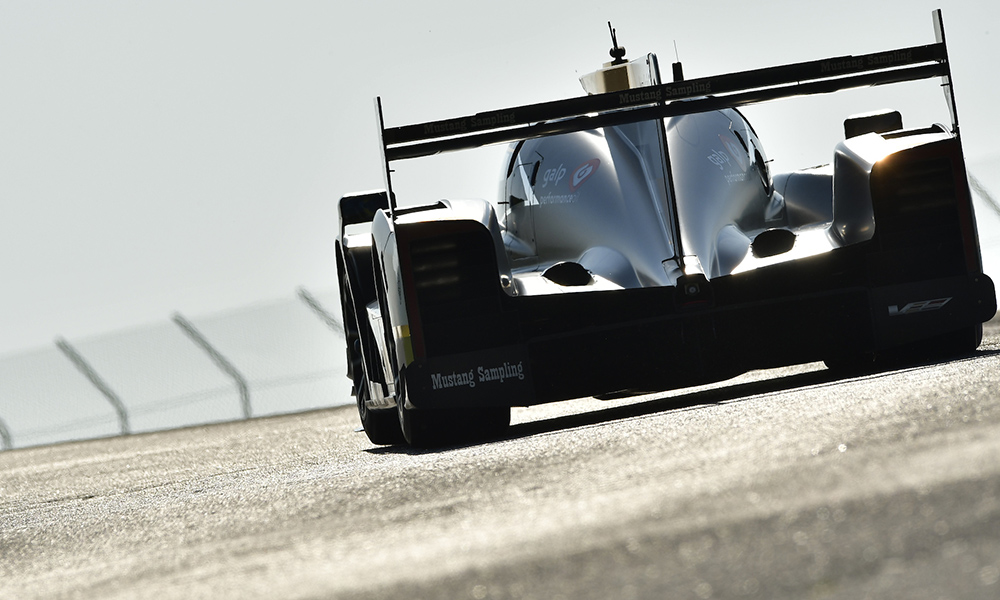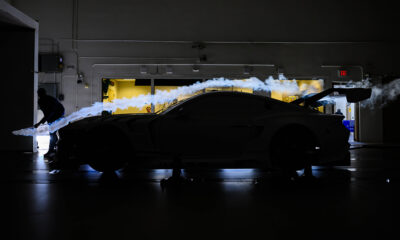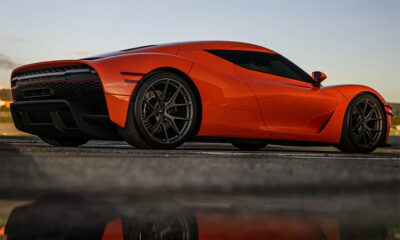
Photo: Peter Burke/IMSA
A “compromise” in targeted performance levels has been achieved between the Le Mans Hypercar and LMDh formulas that will result in convergence between the two platforms according to IMSA President John Doonan.
The release of the draft set of regulations for LMDh will see the joint ACO-IMSA top class formula compete with the same minimum weight and power levels as LMH, which has been adjusted from its announced set of regulations last June.
Doonan confirmed that both LMDh and LMH will run with combined power outputs of 670 horsepower and at a minimum weight of 1030 kg.
It marks a significant change from the ACO’s initial plan for LMH, which was to feature cars with 750 horsepower and a minimum weight of 1100 kg, a formula that Toyota, Glickenhaus and ByKolles have all been developing machinery for the next FIA World Endurance Championship season.
While the WEC or ACO have yet to provide a comment to Sportscar365 on the change, Doonan explained the move was made to ensure the two platforms could be able to race with each other.
“There’s been a compromise among the ACO, IMSA and all the stakeholders to try and find convergence,” Doonan told Sportscar365.
“We found a convergence in power output, with a combined 500 kW as well as vehicle weight.
“I think that’s what makes the draft set of regulations special because I think we’ve all agreed in a manner with the idea that BoP still needs to be observed and looked at once everyone can get vehicles on track.”
Doonan praised both the ACO and IMSA’s technical teams for coming to the new performance target, which is expected to allow DPi manufacturers the use of existing powertrains in LMDh.
“In order to get to this draft set of regulations, both sides, as well as constructors and other consultants, did a ton of simulation work to help us make sure that we could try to find a way to balance Hypercar and LMDh,” Doonan said.
“I think the critical piece is seeing them on track, being able to get those cars together, even an informal manner, not necessarily at an event but seeing how they can be balanced.
“That will really give confidence to everybody who’s making an investment that both platforms can compete together in a fair manner.
“But it’s a long process to probably get there.”
IMSA Open to LMH Cars from “Mass Production” Auto Manufacturers
While still yet to be fully rubber-stamped, Doonan said IMSA is open to the idea of LMH cars competing in the WeatherTech Championship, as long as they are from “mass production” auto manufacturers.
That philosophy is consistent across all of its sanctioned series, where automotive partnerships are formed.
“We remain open minded and I think the ACO in the same manner,” Doonan said. “We all want to find a way for them to compete together in a fair manner.
“IMSA’s strategy is certainly focused on automotive manufacturers and I think there are regulations in certain other categories about specific volumes of production that are required the FIA in some cases and things like that.
“At the moment IMSA has got a portfolio of 17 strong automotive manufacturers as partners.
“That’s the folks that have been around the table and these technical working groups trying to help us develop a set of regulations that gives them the best chance to promote their brand and promote their design cues and promote their powertrains.”
When asked specifically about whether small-volume producers such as ByKolles or Scuderia Cameron Glickenhaus, which are building LMH cars, would be eligible, Doonan declined to comment.
“IMSA’s philosophy and strategy is very clear relative to mass production auto manufacturers at a certain volume,” he said.


























